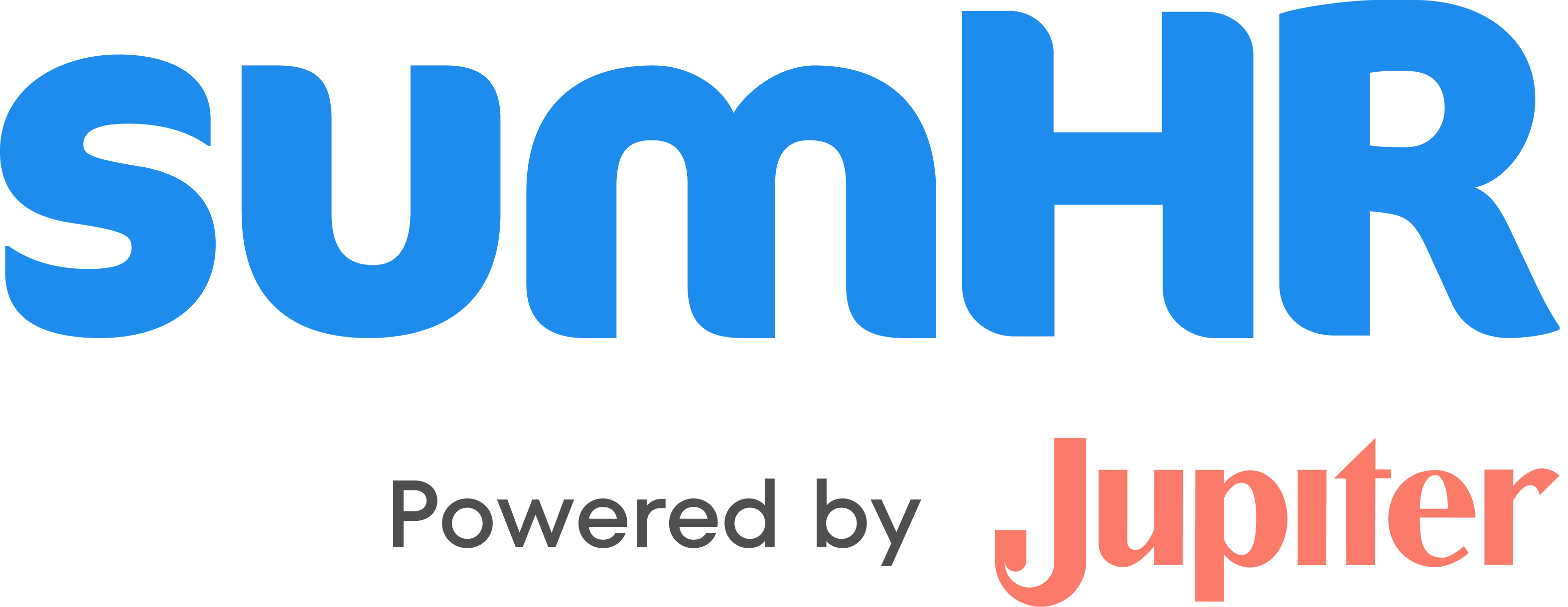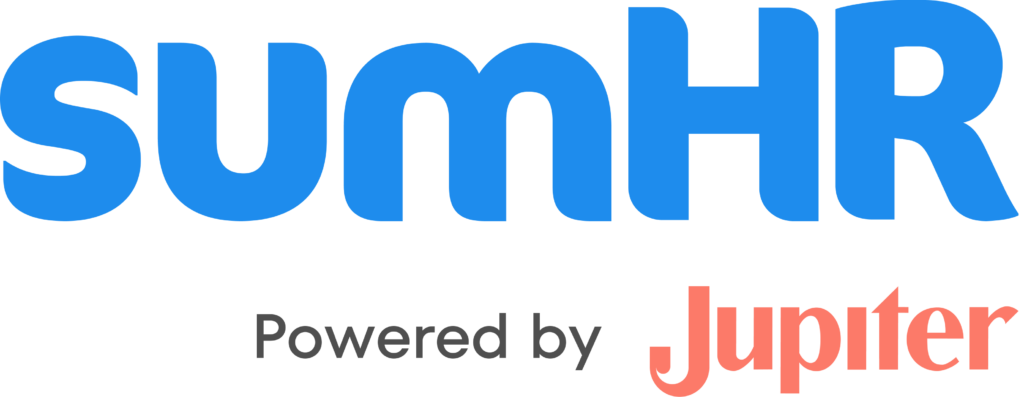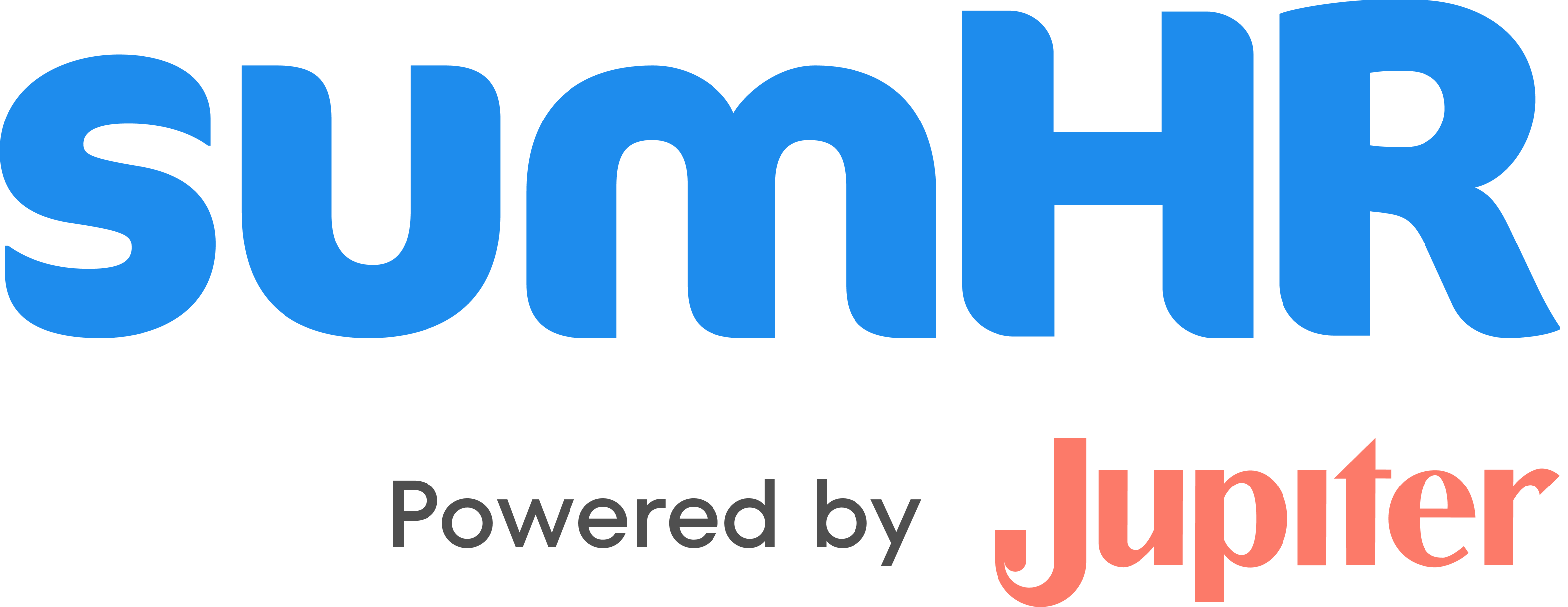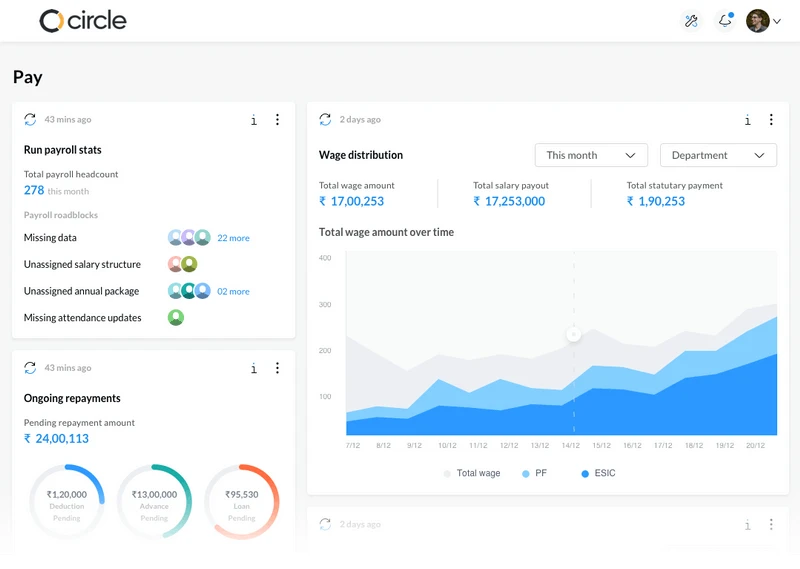Time and attendance tracking is a procedure of keeping track of one’s working days and time in hours. Speaking of an organisation, the HR department relies on time and attendance tracking. This is to ensure that all personnel complete their responsibilities and that the organisation complies with numerous requirements.
It can be challenging for the HR department to monitor and evaluate attendance without a time and attendance scheme in place. HR staff must track employee hours, vacation days, sick leaves, and other sorts of absences throughout the year. Let us discuss how an organisation can track employees’ time and attendance effectively.
Time and Attendance systems
Time and attendance systems record employees’ working hours and transmit them for payroll processing. As employees punch in and out, the system calculates the hours worked, as well as the corresponding compensation, overtime, and accruals. This simplifies the payroll process and reduces human mistakes, resulting in accurate payouts each pay week. A time and attendance system also allows a business to evaluate employee performance. This assists management in gaining knowledge of workplace productivity and can also be beneficial during employee appraisal or promotion.
An employer must give a shot to systems that track employees’ time and attendance. These can come out as a vital component of workforce management. It is advantageous to employers due to enhanced time recording. However, it is also advantageous to the employees because it ensures that they are adequately compensated.
A time and attendance management system is either a time clock or a cloud-based solution that records employee data:
- How many hours does an employee work, including shift beginning and ending times?
- Recording break and meal times
- The days that are not scheduled to work.
- Duties and productivity in each department
Methods to track time and attendance
These ways mentioned herein below are the ways an employer can track employees’ time and attendance:
- Manually
Manual time clocks, often known as punch clocks, were widely utilised throughout the twentieth century. The time card had to be used every time a worker entered the workplace. The card was punched and fed into the machine, where a timestamp containing the date and hour was printed. The timesheets were created based on that information.
- Artificial Intelligence
Time Attendance Software is a completely automated system that empowers employees to track their work hours from any device. All data is captured and then directly sent to timesheets, making time management easier and faster.
What is the distinction between time and attendance tracking software?
As the name implies, time tracking software is a software programme that is primarily used to track the time spent by every worker on work allocated to them. Time and attendance software, as the name implies, is a software product that is primarily used to track employee attendance, i.e. start time, stop time, and break time.
How software may help you track time?
- Limits scams
When using software to track employees’ time and attendance, such as a time clock gadget, employees can no longer invite a friend to clock in for them. Some timekeeping software combines with GPS to ensure that employees punch in at the correct location.
- Time is money
Software that is meant to track employees’ time and attendance records and calculates automatically, so HR staff spends less time confirming hours and going through timesheets. This method reduces the possibility of human error; manually converting minutes to hours and determining overtime is a time-consuming and error-prone process.
- Fewer errors, more profit
In addition to ensuring that employees are appropriately paid, employing this software in tandem with a payroll department reduces the possibility of tax filing errors. And, because many employee benefits, like vacation and overtime, are related to the number of hours worked, an automated system is critical for greater HR management efficiency.
Importance and benefits of tracking employees' time and attendance
.png)
Monitoring the time and attendance of your employees is vital to boosting the profitability and efficiency of the company. Implementing effective timekeeping systems can assist staff meet project aims and deadlines, improve client happiness, and raise awareness and knowledge of employee productivity.
Here are the convincing reasons why every company should keep track of employee time and attendance data:
- Saves time preparing payroll
Payroll is an essential HR activity, and it is crucial to avoid computation errors by tracking employee data precisely. When you make the necessary efforts to ensure that payments are made on time, and accurately, it assists in developing trust within your organisation, avoiding costly compliance concerns, and promoting your employer’s brand.
Tracking attendance can be quite beneficial to your payroll department. Instead of manually documenting and consolidating your employees’ time spent, you can take help from the time and attendance system to track employees’ time and attendance for you and your payroll team. As a result, they can spend less time each month on payroll preparation, focusing more on their other responsibilities and increasing your company’s total productivity.
- Improves adherence with statutes
Recording and reporting staff hours helps your company comply with local and regional labour requirements. You could also save your company from potential litigation by preserving accurate data. This information can assist you in establishing your organisation’s commitment to worker protection rights.
- Learn about staff management
You can gain important insights about your staff and handle any concerns by reviewing time and attendance data. For example, evaluating employee leave data may assist you in understanding your company’s rate of absenteeism. A higher absenteeism percentage equates to decreased staff morale, more exhaustion, and even higher employee turnover. Similarly, evaluating timesheet data can assist managers in determining whether teammates have equal and fair responsibilities. They can also utilise this information to keep the staff from being exhausted. If you notice a significant disparity between expected and logged hours, it may indicate that your personnel require additional training.
- Improves performance and productivity
How successfully you manage employee time and attendance has a big impact on business productivity. Proper timekeeping can assist you in tracking the estimated duration of individual projects and identifying parts that may take longer than usual. This assists you in avoiding possible problems and improving staff performance.
- Effective planning
Employees benefit from time tracking in terms of time management and budgeting. Employees will be aware of where their time is being spent and which tasks take the most time. Employees can then plan their schedules appropriately to suit each and every important project.
- Assist in creating clear goals
When your teammates are monitoring time towards certain tasks, or are in the process of working on them, it enables everyone to set clear goals and avoids confusion about what each individual should be doing.
Meticulous time management can provide numerous benefits to your workforce. While spreadsheets can still be used to track hours, many firms find that online time and attendance solutions are far easier and more successful.
As previously stated, tracking employees’ time and attendance does not just assist companies through enhanced time recording. When workers and customers see the benefits of a new system, they are more likely to adopt it wholeheartedly. The sooner and more firms integrate their employees and consumers in the course of action, the more probable it is that all parties involved will gain. As a result, implementation is simpler and more fluid. You will notice the time and expense savings of your new system much sooner.
SumHR is a cloud-based HR software and Payroll software that is modern, fun, and exceedingly simple to use. It’s a cloud-based system that streamlines HR and payroll processes for startups and small and medium businesses. To get your free HRMS click here and use the code FREE.
FAQs
Q1. Is having a track of employees’ time and attendance beneficial for employees as well? If yes, how?
Employers in an organisation use time and attendance monitoring to document the days and working hours of their employees. It keeps track of how many hours an employee works in a day, as well as off days, overtime, and so on. This entire operation has several advantages for the company or organisation, such as a simplified payroll procedure, time and money savings, error-free function, and so on. Furthermore, the track record assists the employees in the following ways: there will be transparency because their work is being documented, and they can even verify their attendance and time worked, Employees will be paid on time and without error, and any issues that arise will be dealt with promptly and properly.
Q2. What methods does an organisation have for tracking employees’ time and attendance?
Employee time and attendance can be tracked in two ways:
- Manual
It is a traditional method of keeping track of employees’ time and attendance that does not rely on artificial intelligence. This technique takes time and is subject to mistakes. At the moment, organisations are favouring various methods of tracking over the manual method.
- Software
These techniques involve or rely on software that is independent of the drawbacks of the manual method. Moreover, this method of tracking has numerous advantages, including accuracy, the prevention of frauds, the saving of time and money for the organisation, the ease with which disagreements can be resolved, and many more.
Q3. Does keeping these records invade employees’ privacy? If not, how?
Installing employee tracking software does not constitute an invasion of privacy because the software merely tracks the things mentioned below from the employees’ system;
- When the employees login and logout
- Total number of login hours for the day, week, and month
- Idle time and rest periods
- Websites visited over time
- Applications that are used over time
The technology is placed on company-owned devices, and it is each employee’s obligation to follow company norms and not use work technology to access private information during work hours. Employee surveillance is not regarded as a violation of your privacy if you follow corporate norms and use company assets only for their intended purpose.
Q4. Does it only have a positive impact on business growth?
Several organisations utilise workplace monitoring to boost employee productivity, reduce fraud, and improve security. However, the benefits of monitoring are accompanied by a slew of undesirable consequences, some of which can be detrimental to a firm.
Let’s have a look at some of them:
- The Company’s Trust Levels can Drop
An invasive personnel tracking system may give the message to employees that their boss is not confident in them enough to accomplish their job. Fear of being continually monitored and judged by their superiors breeds distrust and anger between employers and employees.
- Limits Innovation
Employees may lack flexibility and control over their job as a result of frequent monitoring. They may be afraid of performing work in their own way since the monitoring program will capture them taking shortcuts. Furthermore, they may be afraid of being questioned or losing their jobs if something goes wrong. Employees, as a result, limit their individual originality and would not bother to think for themselves.
- Retention Dropped
Employees may interpret workplace monitoring as a method of reducing them to robots, pushing them to adopt the same working patterns as their coworkers. This may cause individuals to feel disconnected from their job and underappreciated.
Employees might also feel under pressure to work well and be creative while being constantly monitored. Mental stress can slow them down, reduce job satisfaction, and help to foster a harmful company culture in your organisation. Employees might consider quitting the workplace if the toxic workplace environment worsens.
- Illusion of Security
Electronic surveillance technologies frequently give people a false sense of security. Some employers incorrectly believe that surveillance technologies can replace employee monitoring. Workplace surveillance cannot replace human oversight. Any monitoring software, for example, cannot ensure that your staff is adhering to Human resource policies and internal legislation. Monitoring software only supplements the existing oversight mechanisms.
Q5. How does monitoring employees help the organisation grow?
Employers seek to improve productivity, cut costs, and avoid data security risks in order to maximise their ROI and maintain their business running.
Businesses will only succeed if they have competent and responsible employees on their teams.
As a result, it is critical for companies to understand how each person performs, as well as how well they utilise their work hours and business devices/networks. They may then make informed judgments that will aid the organisation’s growth







